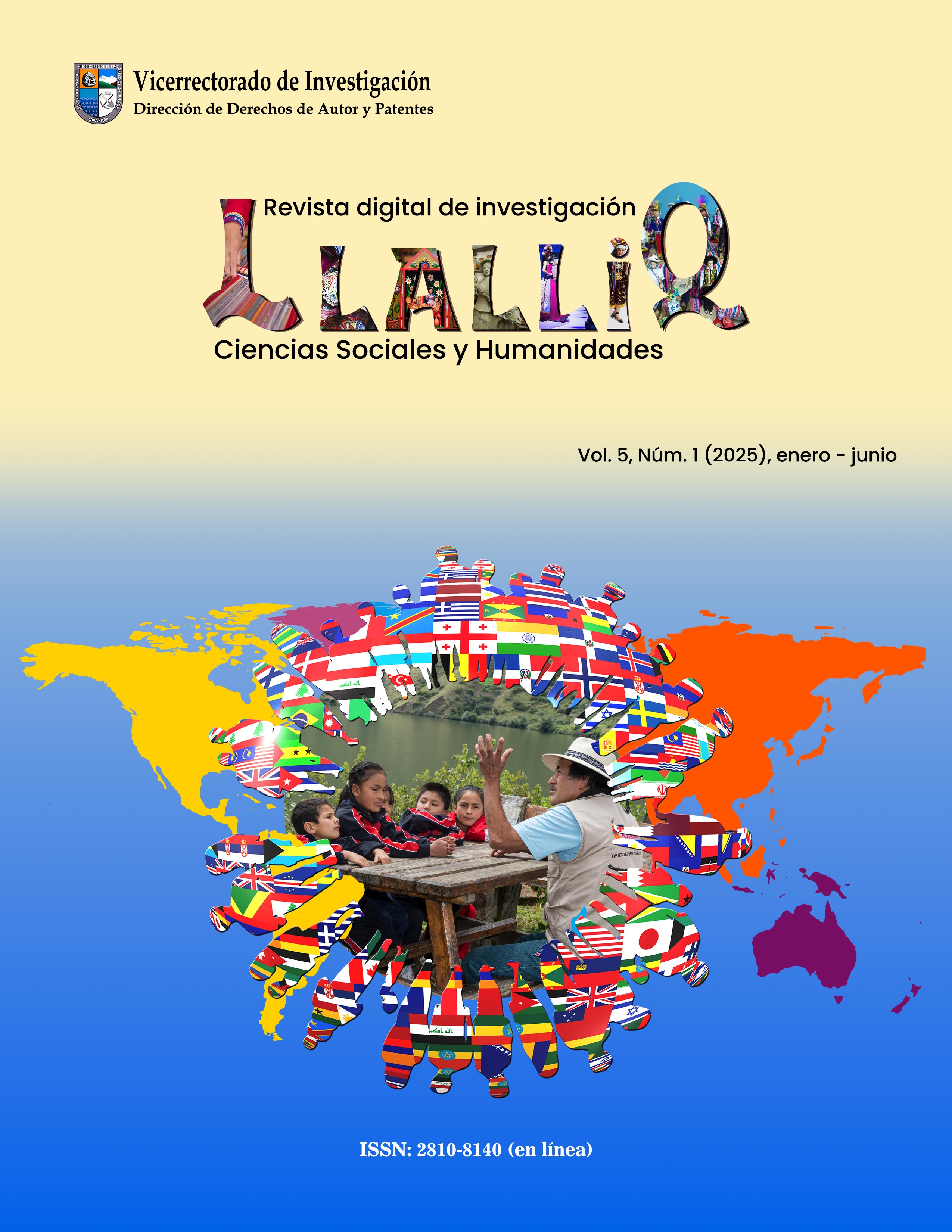Public Spending Execution on Rural Sanitation and Its Effect on Public Health in Peru, 2012–2022
Main Article Content
Abstract
The main purpose of this research was to analyze the impact of the execution of public expenditure of the rural sanitation program on the incidence of acute diarrheal diseases in the departments of Peru, period between 2012 and 2022. To this end, a quantitative methodological approach, non-experimental, longitudinal design was used. The study covers the 24 regions of the country. The information was obtained from official sources such as the Ministry of Economy and Finance (MEF) and the Ministry of Health (MINSA). The results show an inverse relationship between the budget execution of the program and the rate of acute diarrheal diseases: a 1% increase in budget execution is associated with a 0.057% reduction in the incidence rate per 10,000 inhabitants. Likewise, those related to the drinking water and sanitation service for rural households and projects to care for concentrated and dispersed rural households are identified as the most financed activities, which, in 2021 and 2022, exceeded 72 million soles in investment. It is concluded that greater efficiency in the execution of rural sanitation expenditure contributes significantly to the improvement of public health.
Downloads
Article Details

This work is licensed under a Creative Commons Attribution 4.0 International License.
References
Chapoñan, B. (2022). Presupuesto por resultados para el programa presupuestal 0083 programa nacional de saneamiento Rural de la Unidad Ejecutora Sede Central-Gobierno Regional Lambayeque [Tesis de maestría, Universidad César Vallejo].
Clemente, R., & Capani, C. (2015). Gasto en los programas presupuestales y la gestión administrativa del Hospital Departamental de Huancavelica [Tesis de Licenciatura, Universidad Nacional del Altiplano].
García, R., & García, M. (2010). La gestión para resultados en el desarrollo: Avances y desafíos en América Latina y el Caribe. Banco Interamericano de Desarrollo. Oficina de Relaciones Externas del BID.
Gutiérrez, A. (2013). Intervenciones del programa presupuestal por resultados en salud materno-neonatal. Revista Peruana de Medicina Experimental y Salud Pública, 30(3), 521–530. http://www.scielo.org.pe/scielo.php?script=sci_arttext&pid=S1726-46342013000300027&lng=es&nrm=iso&tlng=pt DOI: https://doi.org/10.17843/rpmesp.2013.303.296
Mankiw, G. (2012). Principios de Economía (Sexta edición). CENGAGE Learning.
Ministerio de Economía y Finanzas. (2015). El presupuesto por resultados dirigido a gobiernos locales.
Ministerio de Salud (2022). Niños menores de 5 años afectados con enfermedades diarreicas agudas .
Osborne, D., & Plastrik, P. (1998). La reducción de la burocracia: cinco estrategias para reinventar el gobierno. Paidós.
Pilcomamani, I. (2021). El presupuesto por resultados y su incidencia en la calidad del gasto en las municipalidades provinciales de la Región de Puno periodo 2017-2019 [Tesis de maestría, Universidad Nacional Del Altiplano].
Prieto, M. (2012). Influencia de la gestión del presupuesto por resultados en la calidad del gasto en las municipalidades del Perú (2006-2010) “caso: Lima, Junín Y Ancash” [Tesis doctoral, Universidad de San Martín de Porres].
